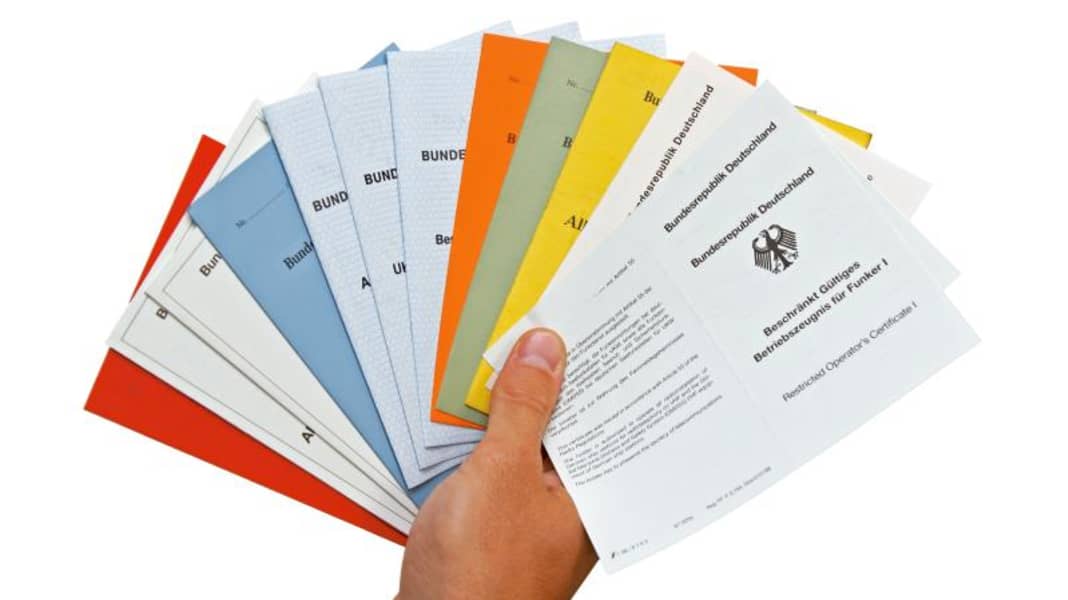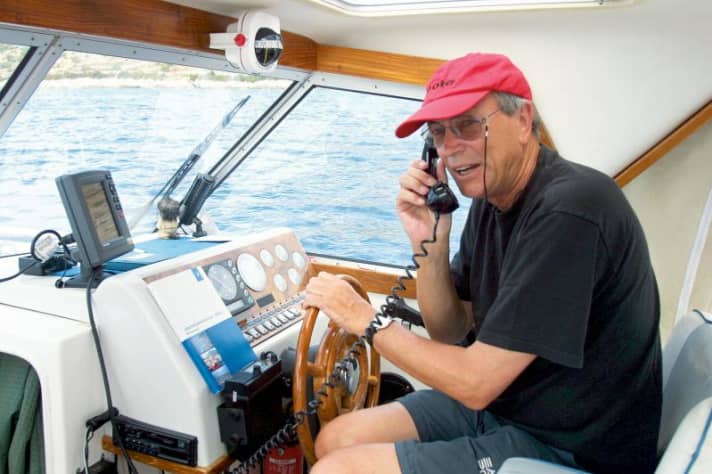
Anyone who wants to participate in VHF radio communication from on board today has to overcome hurdles. What are they? In order to fulfil the official requirements: A radio licence, frequency allocation and a suitable device. The choice of equipment depends primarily on the area of operation. Anyone travelling on European inland waterways with their boat needs a VHF inland radio system that has automatic transmitter identification, known as ATIS. This system is based on a number, the ATIS identifier, which must be permanently programmed into the radio system. This identifier, similar to a telephone number, can be used to identify the callsign of the transmitting radio station. Some systems decode the ATIS identifier so that the callsign of the transmitting radio station is shown on the display. Anyone transmitting inland without the ATIS identifier risks severe penalties, including confiscation of the radio equipment.
Another typical feature of VHF inland radios: automatically reduced transmission power (1 W) in the traffic circuits (channels) ship-to-ship, ship-to-harbour and radio traffic on board.

A similar identification number to ATIS also exists for VHF marine radio. Here it is called Maritime Mobile Service Identity (MMSI) and must also be permanently programmed into the radio. VHF maritime radio traffic takes place on all maritime shipping routes. Anyone wishing to participate effectively in maritime radio traffic must be equipped with a GMDSS marine radio system. In addition to the previously known functions of traditional VHF devices, only such systems can guarantee fast and accurate alerting in the event of an emergency at sea. In addition, alerts can be sent with priorities such as Urgency, Safety or Routine (private conversation).
However, if you are travelling "Buten und Binnen", it is best to use a so-called combined system. These devices can be switched between VHF inland radio and marine radio (with DSC) depending on the sailing area. Here too, the identifiers assigned by the Federal Network Agency must be programmed in for both sailing areas. Both the ATIS and the MMSI number must be memorised. Even if you are only travelling inland with a combined system, you need the MMSI identification. This also applies to the reverse case for the ATIS number. If one of the two is not programmed in, there is a risk of severe penalties.
ATIS and MMSI numbers come together with the so-called frequency allocation from the Federal Network Agency (successor to Reg TP). The allocation is mandatory for all marine radios.
You can download the complete article with detailed information on obtaining a frequency allocation, choosing the right model and much more on coping with the jungle of authorities on 11 (!) pages as a high-quality PDF document for a fee. download.
